The Artisan's Touch: Elevating Interiors Through Craftsmanship and Design
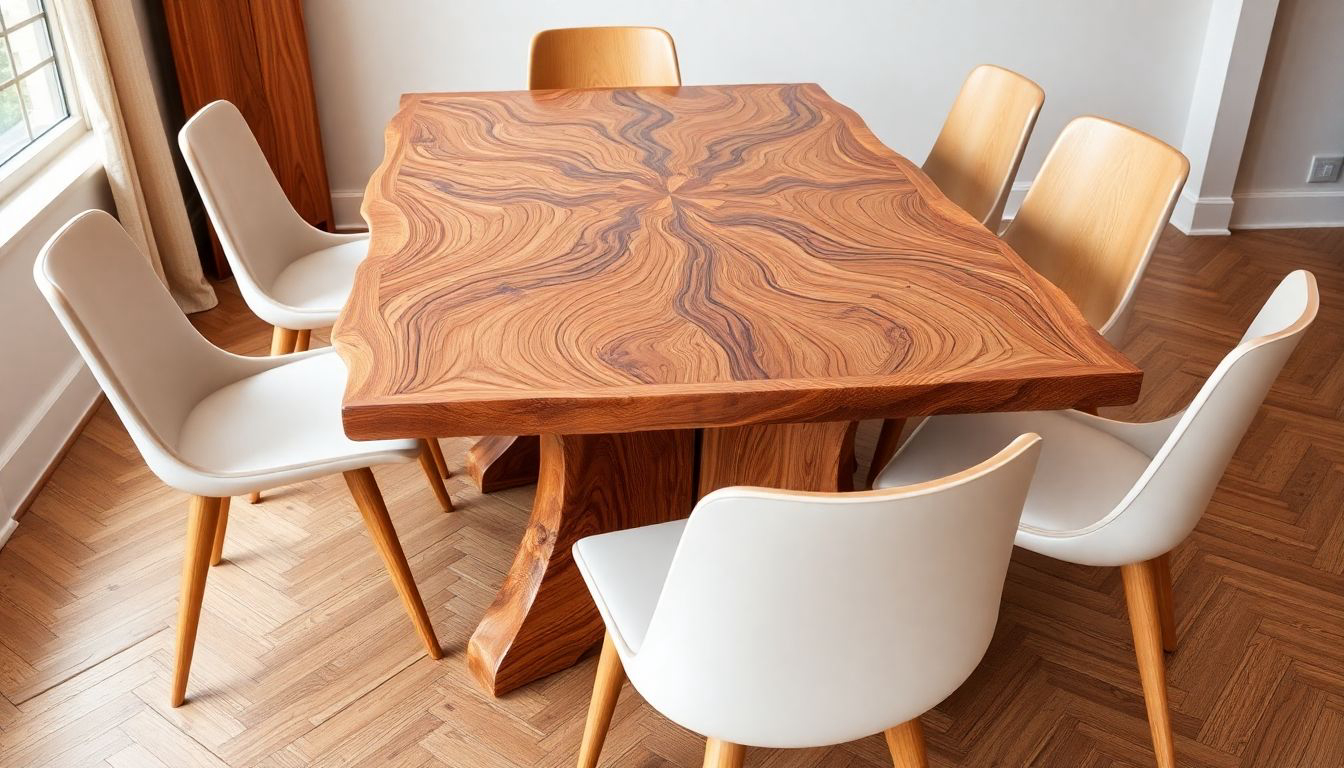
In an era dominated by mass production and cookie-cutter aesthetics, Artisanal interior design emerges as a breath of fresh air, offering a return to the roots of craftsmanship and individuality. This approach to design is not merely about creating beautiful spaces; it's a celebration of human skill, creativity, and the intrinsic value of handcrafted elements. As we delve into the world of Artisanal interior design, we'll explore how this movement is reshaping our living spaces, challenging the norms of modern design, and bringing a touch of the extraordinary to the everyday.
The Renaissance of Craftsmanship
From Victorian Excess to Artisanal Elegance
The Artisanal interior design movement can be seen as a direct response to the excesses of the Victorian era and the impersonal nature of mass-produced goods. As design historian William Norwich notes, "A designer's own space is an experiment in living as they wish and not as a client commands." This sentiment encapsulates the essence of Artisanal design - a return to personal expression and quality craftsmanship.
The Arts and Crafts movement of the late 19th and early 20th centuries laid the groundwork for today's Artisanal design ethos. It championed the use of natural materials, emphasized the beauty of handcrafted objects, and sought to create harmonious, functional living spaces. Today's Artisanal designers are carrying this torch forward, adapting these principles to contemporary lifestyles and aesthetics.
The Value of Hand-Crafted Elements
In an Artisanal interior, every piece tells a story. From hand-woven textiles to custom-built furniture, these elements bring a sense of history and human touch to a space. David Linker, a French-trained ébéniste (cabinetmaker) based in New York, exemplifies this dedication to craftsmanship. Linker's work involves painstakingly restoring antique furniture using traditional techniques, often spending hundreds of hours on a single piece.
"To restore an object," Linker explains, "you have to learn from it how it was made, and then you have to interpret it. There's an enormous communication between you and the object." This level of attention to detail and reverence for the craft is what sets Artisanal design apart from mass-produced alternatives.
Key Elements of Artisanal Interior Design
Natural Materials and Textures
At the heart of Artisanal design is a deep appreciation for natural materials. Wood, stone, leather, and natural fibers feature prominently, each chosen for its unique characteristics and ability to age beautifully. The goal is to create interiors that not only look good but also feel good to inhabit.
In Arts and Crafts homes, for example, wood is often left unpainted to showcase its natural grain and texture. Stone fireplaces and exposed beams add a sense of solidity and connection to the earth. These elements create a warm, inviting atmosphere that stands in stark contrast to the sleek, often sterile environments of modernist design.
Mixing Materials for Depth and Interest
One of the hallmarks of Artisanal design is the skillful mixing of materials to create rich, layered interiors. This approach adds depth and visual interest to a space while showcasing the versatility of different materials. As seen in Milan's Villa Necchi Campiglio, the juxtaposition of smooth marble surfaces with warm wood tones and plush textiles creates a sumptuous yet harmonious environment.
Emphasis on Craftsmanship and Detail
Artisanal interiors are characterized by their attention to detail and the visibility of the craftsman's hand. This might manifest in intricate woodwork, hand-forged metal fixtures, or custom-made furniture pieces. The goal is not perfection in the industrial sense, but rather a celebration of the slight imperfections that make each piece unique.
Gustav Stickley, a key figure in the American Arts and Crafts movement, emphasized this point in his magazine, The Craftsman. He encouraged readers to build, furnish, and decorate their homes using Arts and Crafts principles, promoting the idea that beauty could be found in simplicity and honest craftsmanship.
The Philosophy Behind Artisanal Design
Quality Over Quantity
Artisanal design rejects the notion of disposable furnishings in favor of pieces that are built to last. This philosophy extends beyond mere durability; it's about creating objects and spaces that will be cherished for generations. As William Morris, a pioneer of the Arts and Crafts movement, famously said, "Have nothing in your houses that you do not know to be useful or believe to be beautiful."
Sustainability and Ethical Production
In an age of increasing environmental awareness, Artisanal design aligns well with sustainable practices. By focusing on locally sourced materials, traditional production methods, and long-lasting products, this approach to interior design minimizes waste and reduces the carbon footprint associated with mass production and global shipping.
Creating Personal Connections
Artisanal interiors are deeply personal, reflecting the tastes, experiences, and values of their inhabitants. By incorporating handcrafted elements and custom pieces, these spaces become a canvas for self-expression. As interior designer Sophie Conran notes, "Things don't have to be perfect to be beautiful. If you go into a room and it's all perfect, you don't feel comfortable. A home interior is not an abstract thing, it is about people, it's about the way you feel, the way you interact."
Incorporating Artisanal Elements in Modern Homes
Balancing Old and New
While Artisanal design draws heavily from historical styles, it's not about creating museum-like replicas of the past. The challenge lies in blending traditional craftsmanship with contemporary sensibilities. This might involve pairing a handcrafted wooden dining table with modern, minimalist chairs, or using artisanal textiles in a sleek, open-plan living space.
The Role of Technology
Interestingly, technology plays a role in the modern Artisanal movement. While the focus remains on handcraftsmanship, digital tools can aid in the design process or help artisans connect with clients globally. The key is to use technology in a way that enhances rather than replaces the human touch.
Embracing Imperfection
One of the most liberating aspects of Artisanal design is its embrace of imperfection. Unlike mass-produced items that strive for uniformity, handcrafted pieces celebrate the unique characteristics that arise from human craftsmanship. This approach creates spaces that feel lived-in and loved, rather than sterile showrooms.
The Future of Artisanal Interior Design
As we look to the future, Artisanal interior design is poised to play an increasingly important role in how we shape our living spaces. In a world that often feels disconnected and impersonal, there's a growing desire for authenticity and human connection in our surroundings.
Blending Tradition with Innovation
The challenge for future Artisanal designers will be to continue innovating while staying true to the core principles of craftsmanship and quality. This might involve exploring new materials, incorporating sustainable technologies, or finding ways to make handcrafted elements more accessible to a wider audience.
Educating and Preserving Skills
As traditional crafts become rarer, there's a pressing need to educate the next generation of artisans and designers. Schools and workshops that teach traditional techniques alongside modern design principles will be crucial in keeping these skills alive and relevant.
A Return to Local Production
The global pandemic has highlighted the vulnerabilities of global supply chains, potentially accelerating a shift towards local production. This trend aligns perfectly with the Artisanal ethos, potentially leading to a renaissance of local craftsmanship and design.
Conclusion
Artisanal interior design offers a compelling alternative to the homogeneity of mass-produced interiors. By celebrating craftsmanship, embracing natural materials, and creating deeply personal spaces, this approach to design enriches our daily lives and connects us to a rich heritage of human skill and creativity.
As we navigate an increasingly digital and automated world, the warmth and authenticity of Artisanal interiors provide a much-needed counterbalance. They remind us of the value of human touch, the beauty of natural materials, and the importance of creating spaces that truly reflect who we are.
Whether you're looking to completely overhaul your living space or simply add a few handcrafted touches, embracing Artisanal design principles can transform your home into a more meaningful, beautiful, and sustainable environment. In doing so, we not only enhance our own living spaces but also support a rich ecosystem of craftspeople and artisans, ensuring that these valuable skills and traditions continue to thrive in the modern world.
References and Further Reading
- Fisher, M. J. (1997). Artful Restorations. The Atlantic.
- Gibson, R. (2012). How To Bring Artisan Craftsman Details Into Your Home. Decoist.
- Massey, J. C., & Maxwell, S. (2011). Arts & Crafts Architecture and How To Spot Arts & Crafts Homes. Old House Online.
- Merrick, A. (2022). How Mixing Materials Brings Luxury to Interior Design. The Wall Street Journal.
- Dima, A. (2018). Arts and Crafts Interior Design And Great Decorating Ideas. Impressive Interior Design.
More Articles
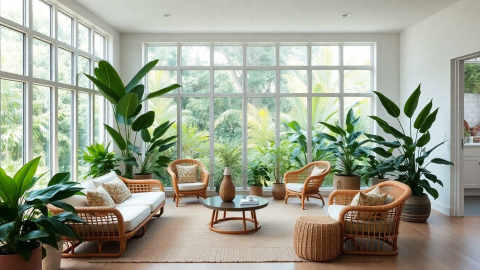
Tropical Interior Design: Creating Paradise Within Your Home
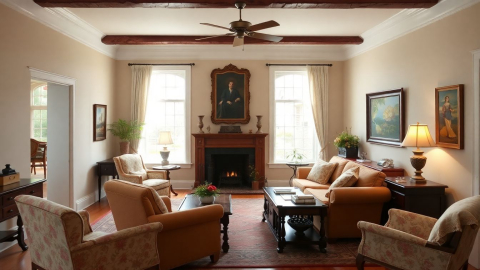
The Timeless Charm of American Colonial Interior Design: A Comprehensive Guide
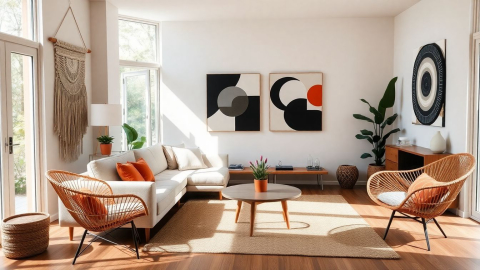
70s Interior Design: A Groovy Revival for Modern Homes
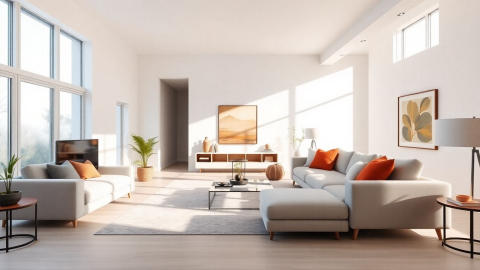
Contemporary Interior Design: Embracing Timeless Elegance with Modern Flair
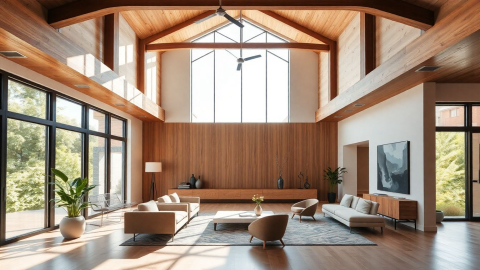
New York School of Interior Design: Shaping the Future of Aesthetics and Functionality
